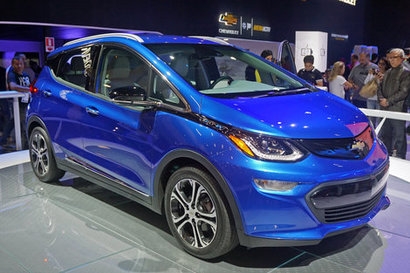
To circumvent the challenges associated with voltage imbalance, some local distribution systems are turning to power sources, including rooftop solar and/or residential batteries, known as local inverter-based distributed resources (IBDRs). These can supply EVs through active power generation and control voltage imbalances by timely injection of reactive power into the systems. This is a part of an ongoing project by the Australian Energy Market Operator (AEMO) called Project EDGE.
However, as more EVs take their place in the electricity distribution system, more active power will be needed from IBDR’s to support these vehicles’ consumption, employing the bulk of the inverter’s capacity. Essentially the increase in the instantaneous active power flow into the network limits the reactive power capability of inverters in supporting voltage stability.
The impact of increasing EV uptake on the ability of IBDR to create reactive power has been demonstrated by Cornwall Insight Australia’s hourly power flow model in Figure 1. Note that, EV charging patterns are modelled as load-only (no vehicle-to-grid support is considered) following a normal distribution.
Representing an actual 11 kV distribution feeder with five load points (11kV/415V transformers) in South Australia, the simulation shows that high EV uptake will severely lower the amount of reactive energy that can be produced, thus lowering the ability of IBDR to balance the voltage in the system.
“With ever-increasing fuel prices, and heightened environmental concerns prompting more and more Australians to switch over to EVs, our modelling has shown the challenges that will face many residential system distributers as they attempt to reduce the voltage imbalances by counting on IBDRs” said Mehrdad Aghamohamadi, Energy Market Analyst at Cornwall Insight Australia. “The current use of IBDRs to reduce voltage imbalances might be a solution now, however due to their low energy capacity, higher uptakes of EVs will see the reactive power injection reduced to enable more capacity for the active power injection by the IBDR, which will be needed to supply increased local EV energy consumption.
Even by incentivising local inverters to provide reactive power to control voltage deviations, similar to AEMO’s Project EDGE, the data shows such support may not be feasible with high EV uptakes, assuming no vehicle-to-grid provision is in place.
The message here is that the upcoming wave of EVs will introduce new challenges that may not be possible to address easily. However, if these vehicles are optimally integrated into the distribution system, they have a great potential to become useful assets to support both customers and the grid.”
For additional information:

